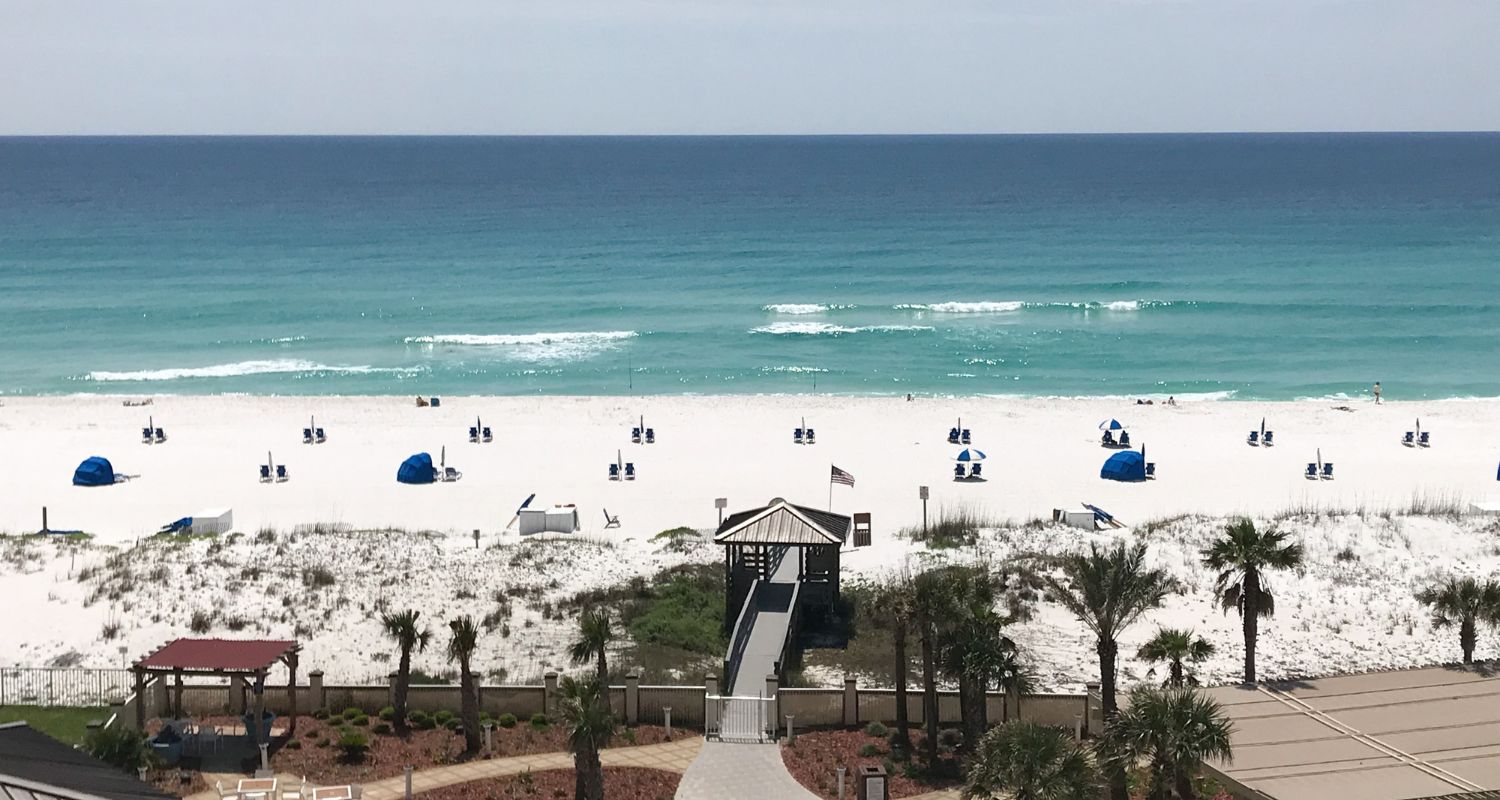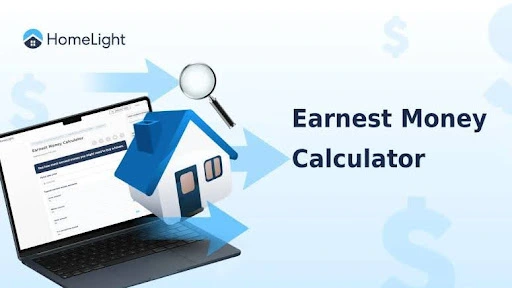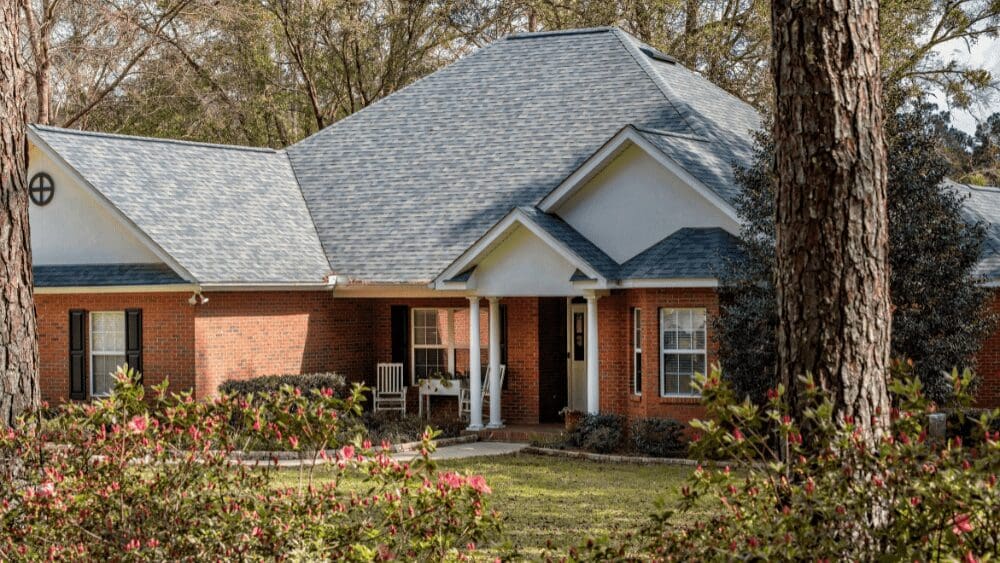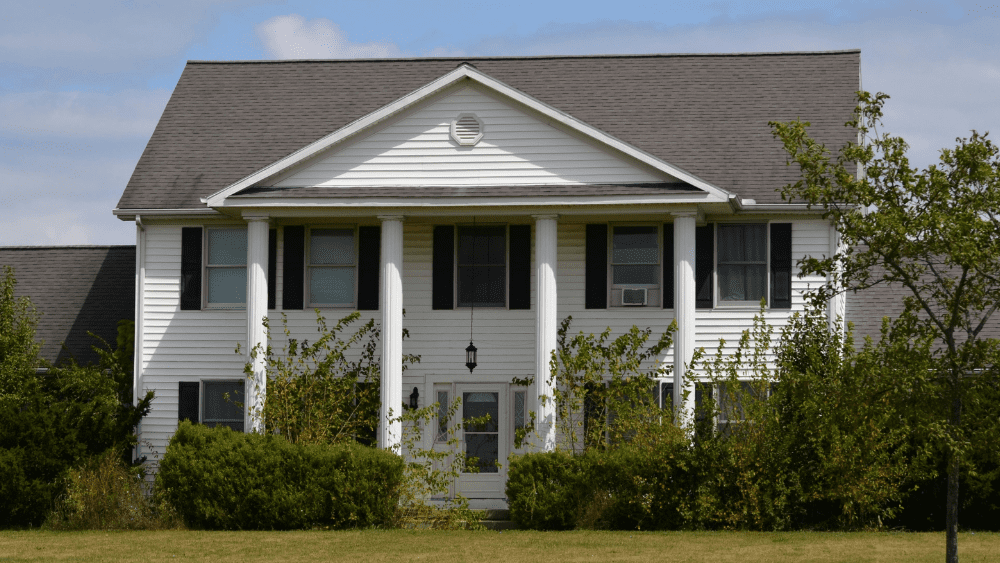
The wind is whipping and it’s 20 degrees outside. You’ve just stepped back inside from shoveling the snow off of your driveway, shaking off your boots, coat, scarf, and hat. “How many more winters of this can I handle?” you ask yourself, and your mind starts to daydream about sunshine and warm beaches. According to Florida’s Office of Economic and Demographic Research, the state gained approximately 329,000 new residents between April 2020 and April 2021. New construction is growing just as fast to accommodate the influx — in 2021, 213,494 new housing units were authorized in Florida and nearly 70% were single family homes. It’s easy to see Florida’s appeal, with its warm year-round climate, low unemployment rates, and access to 633 miles of beaches to enjoy. We spoke with a top Florida real estate agent and homebuilder to go over what you should know about buying a new construction home in Florida, including average cost, popular communities, and special considerations that are specific to Florida (such as hurricane zones). Stop daydreaming, grab the SPF, and get ready to leave those winter doldrums behind! An experienced buyer’s agent will be instrumental to your new construction development search — with a network of connections to home builders, lenders, and home inspectors, you will gain access to the knowledge you need by working with a top agent who specializes in new construction. Your agent can help you find a development, research the builder, and read through the fine print of builder contracts. While home builders have their own agents, they are only looking after the builder’s best interest. Top real estate agent Saud Rai, who completes 22% more sales than average agent in Homestead, Florida, shares that many people think new construction is the easiest way to buy a home, but it can have its share of challenges. Rai cautions that prices for new construction homes can be artificially inflated and some builders will offer incentives to buyers directly, such as financial credits, to avoid working with a buyer’s agent. “I’m not saying all builders are like this, but most builders are focused on looking out for their numbers and quotas,” Rai explained. When it comes to negotiations, inexperienced buyers might not know what to ask for to get the best deal. An agent who works in your best interest can negotiate with the builder for upgrades, better financing, and sometimes a better price. After figuring out what type of new construction home appeals to you, whether it’s a custom, semi-custom, or spec, you will want to find a reputable builder. Do your research, work with your buyer’s agent, and read online reviews on websites such as the Better Business Bureau, Yelp, and Angie’s List. It is also helpful to ask the potential builder questions about their previous developments. Consider the following questions in your initial conversations with your builder: Florida offers a variety of housing options that suit different lifestyles. For people who want to live in a community with amenities, such as a large pool, golf courses, and community events to bring residents together, there are golf communities, retirement communities, and waterfront communities. Most people narrow it down by location, followed by schools and proximity to work. Golf and retirement communities often overlap. Florida is home to the country’s best-selling retirement community, The Villages, which is a group of neighborhoods about one hour north of Orlando. The Villages offer just about everything you can think of, from social clubs, entertainment, shopping, and dining along with 14 championship golf courses and 42 executive courses. Other popular communities include: If being near water is more your thing, Florida is home to more than 30,000 lakes, the Atlantic Ocean on the East, and Gulf Coast on the west. In the winter, the milder temps make for good fishing, while the summer offers opportunities to swim (just be aware of alligators!). With the cost of building supplies on the rise, the cost to build a home in Florida ranges between $240,000 and $350,000 in late 2022. Building material prices have increased 33% since the start of the pandemic, and 20.4% year over year since 2018. This increase in materials, such as lumber, can sometimes result in stalled projects and canceled contracts. “I hear clients who start a deal but then three months later it’s $50,000 more, so people cancel contracts,” says Emiliya Clark, team member at Cogdill Home Builders of Florida. “I hear these stories all the time. We will get quotes three to four times higher for impact windows versus regular ones with shutters, which is just a standard for Florida. You will also get quoted $60,000-$70,000 for a metal roof versus $20,000 for a regular roof.” Clarke also advises that buyers keep their budgets in mind and that adding porches, patios, and even an outside generator can add up quickly. If you’re planning on eventually moving out of your new construction home, it’s important to consider factors that will affect its resale value so you can be sure you are protecting your investment in the future. “I think location is the number one thing when it comes to the resale value of the house,” Rai says. “In South Florida especially, the biggest thing that increases the resale value of a home is impact windows. For townhomes, two-story homes with a bedroom downstairs are desirable for a lot of people. A home with a garage will also keep more of a higher value down the road.” Additional home features that are popular in Florida include screened-in pools, porches, and patios because they offer protection against bugs, sunlight, and animals. While Florida offers golden sunshine and pristine beaches, there are some “dark clouds” that have to be addressed – storms. Hurricane activity continues to increase with 18 hurricanes predicted for the 2022 season compared to an average of 14 hurricanes per year from 1991-2020. Storm surges are incredibly dangerous due to Florida’s tropical climate and low-lying geography, and the state tops the list for hurricanes. However, there are ways to be prepared and outfit your home to withstand storms. Researching designated flood zones is an important step when selecting an area to build in Florida. For homes built in any flood zone, with the exception of flood zone x, which is an area categorized to have minimal flooding, buyers will need to purchase flood insurance if they are financing the home with a mortgage, although this coverage is always recommended for homes in these areas. “The severity of possible flooding is determined by establishing the FEMA base flood elevation (BFE) for a given property plus adding one foot to determine design flood elevation (DFE),” Clark explains. “New homes constructed in locations such as Davis Island, Florida, for example, must have a DFE of approximately one foot above the ground.” “It would be good to check when it rains if there is water standing for a long period of time,” Rai says. “If it goes away in a couple of hours then you do not have any problems. Some builders like to raise the ground so the elevation is higher. If the property is in a flood zone, an elevation certificate is required.” Flood insurance, in addition to your homeowners policy, is always a good investment for homeowners in coastal Florida and will need to be factored into your monthly budget. The National Flood Insurance Program (NFIP), managed by FEMA, features a network of more than 50 insurance companies and the NFIP Direct. A large percentage of policy holders get their flood insurance through NFIP. Start by looking up which insurance providers in your area offer flood insurance. The NFIP regulations require construction materials that are resistant to flood damage. Lower floors of a residential building must be elevated to or above the base flood elevation (BFE), while the lowest floor of a non-residential building must be elevated to or above the BFE or dry floodproofed to the BFE. Dry floodproofing, often used to protect non-residential structures, water supplies, and sewage systems, involves making structures watertight below the level that needs flood protection. Retrofitting and reinforcing your home for hurricane season is crucial. From high-impact windows to metal roofs, do not overlook the importance of preparing your home for hurricane season, which runs from June 1st to November 30th each year. There are five areas of your home to pay attention to: Florida building code requires builders to retrofit homes to withstand high winds and other weather conditions. These codes are adjusted based on the lessons learned from past catastrophes, with Hurricane Andrew serving as a prime example. Impact windows and doors are required on the Florida coast — and inland areas within a mile of the coastal mean high water line (MHWL) and facing 110 mph wind speeds or higher, have to comply. Recent years have taught us that, while one cannot be prepared for every scenario that could possibly take place, there are ways to prepare for those “just in case” situations should they arise. For Florida’s hurricane threats, preparing a disaster kit with enough food, water and supplies, such as cash, prescriptions, a flashlight, batteries, and pet food is ideal. Creating an emergency supply checklist can help get you started. As if tropical storm threats weren’t enough, Florida also contends with sinkholes since it is underlain by carbonate rocks, such as limestone. When groundwater dissolves in underlying bedrock, surface sediments also fall into underground voids, creating a sinkhole. Other situations can mimic a sinkhole, including broken septic tanks or soil that is not compacted after excavation. These are known as subsidence incidents and you can look up where these incidents have occured on the Florida Department of Environmental Protection’s Map. So, how can you take steps to avoid purchasing a home or land that might suddenly sink into the abyss? For a steep price, professional geologists and geotechnical engineering consultants can perform tests to find buried cavities that may eventually turn into sinkholes. Test results, however, may be affected by water table elevation and aren’t always conclusive. While sinkholes can potentially form anywhere, there are certain areas in Florida where they may be more common. Areas where limestone is close to the surface have increased sinkhole risk. Explore the local geology in areas you are considering buying and don’t buy a home in a karst region to lower your risk of sinkholes. In Florida, all new home builds must be completed by licensed contractors and consumers have access to the Florida Homeowners’ Construction Recovery Fund if they lost money on a project where the contractor is found to have violated Florida law. Before the home undergoes construction, read the contract thoroughly, keeping in mind that most were written to protect the contractor and not the new owner. Address any questions you have with the contractor and if you need help, it’s best to work with your buyer’s agent and contact an attorney. Rai notes that a builder’s contract could be as many as 70 to 80 pages, compared to a regular contract that is about 12 pages, and there are a lot of material disclosures, such as using a granite stone that may release radon gas. “Almost 95% of buyers do not read the contract,” Rai says. “It’s kind of a one-way street. The builder doesn’t allow you to change their contract; it is their way or the highway. The most important thing that the buyer needs to look out for, and this is why you need a good Realtor, is if there is going to be a time delay and how that will affect the buyer. It is the buyer’s right to know this can happen and they should be mentally ready for it.” Now that you’ve researched ideal places to live and taken natural disasters into account, it’s time to think about constructing your new home. “Secure the lot and then do your design with a builder, this way you will get what you want for your dream home,” says Clark. “Because we draw the plans in house, we can get the plans and contract together in about two months, followed by 2-3 months for permits, and 8-10 months to construct. Keep in mind the construction lender needs all sets of drawings, specifications, detail costs, and the contract. We can produce all of these, but we need about three months.” Time calculations can, however, be just estimates and new construction homes can sometimes take longer to build. Buyers need to be aware that interest rates may rise from the time the contract is drafted to six months later when the home is nearing completion. “Major builders are pretty close to delivering what they are saying, if they are already well on their way in the project,” Rai says, adding that there are several phases to the new construction process and the first is often the most delayed due to outside factors, like waiting for the city to put in water meters. “After the first phase is over, the big builders are close to the date they promise because they’ve gotten those outside factors out of the way.” For those buyers who want a custom home built to their exact specifications and needs, they need to get detailed costs directly from the contractor. “Contractors may say ‘this is all included,’ but nothing will ever be all included,” Clark says. “They are hiding something and at some point it will show up with increased costs. We draw the plans in our office and don’t charge the buyer for it. We pay our designers and job drawers because we want to make sure we catch all the custom details. We stay within a budget, but of course the budget has to be realistic.” The most popular trends Clark is now seeing for custom builds are large kitchen islands, open great room concept ideas with a kitchen, family, and dining all in one room, and oversized two car and larger garages. “Nobody wants formal dining rooms right now. Less common items include dedicated gym rooms, in-law suites, and one home was designed with an indoor gun range,” Clark adds. If you’re ready to dive into a new construction home in Florida, get your summer clothes ready and make an offer.How do I find a new construction development in Florida?
Work with a real estate agent in the area
Find a reputable builder
Popular communities in Florida for new construction
How much does it cost to build a home in Florida on average?
I think location is the number one thing when it comes to the resale value of the house. In South Florida especially, the biggest thing that increases the resale value of a home is impact windows. For townhomes, two-story homes with a bedroom downstairs are desirable for a lot of people. A home with a garage will also keep more of a higher value down the road.
What to consider when buying a new construction home in Florida
Resale value
Flood zones and hurricane disaster areas
Prepare for the unexpected
Sinkholes
Legal protections for new home builds in Florida
Construction timeline in Florida
Custom homes



